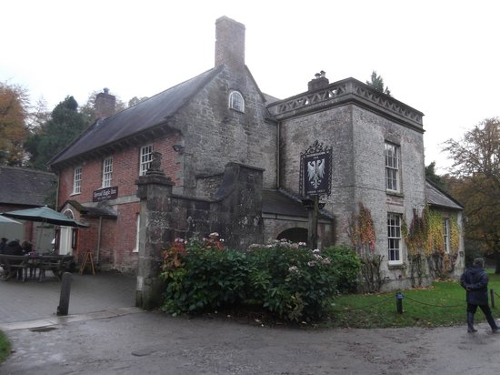Ginori - Italy on a Plate
Ginori Produces Fine Italian Porcelain near Florence
We may be mostly about British classics and hidden gems at The Tweed Pig, but we will occasionally cross the channel to shine a light on the great continental names that have survived and managed to negotiate a path through the challenges of globalisation.
One such name is Italy's Ginori, porcelain manufacturer. Founded as Doccia in 1775 by Marco Ginori in the town of the same name near Florence, the company is now called Richard-Ginori, but still manufactures in the region. The company also has the oldest company museum shop in Europe, opened in 1864, located next to the working factory.
Ginori have managed to balance their heritage with progress. They recently produced a collection with Italian fashion house Missoni (as shown in the image above). A collaboration that emphasises a commitment to contemporary design, without jettisoning the history, and also retains that all-important Italianness - very much earning the Made in Italy stamp. You are buying Italy as a plate.
Ginori continues to produce unique pieces that draw on their heritage. The original wax cast for the Vasa Brocca Nettuno (below) dates from the 1740s and is housed in the museum.
Wedgwood Chose a Different Path
The Wedgwood Museum opened in 1906 in Etruria, Stoke-on-Trent, England (Etruria was named after the famed Etruscan potters) - although the founder Josiah Wedgwood had the foresight to consider preserving pieces for such an enterprise from 1774. In May 2011, the archive of the Wedgwood Museum was inscribed in UNESCO's UK Memory of the World Register. Most of Wedgwood's manufacturing is now in Indonesia. Being owned by a private equity company, the concern is that the emphasis will continue to be increasing profit margins by making ever cheaper products. Maybe it would be better placed in maintaining the integrity of the brand, like Ginori, rather than devaluing it. Does Wedgwood Indonesia project that in customer's minds? Are they buying a continuation of British cultural and artisanal history worthy of the UNESCO recognition or just a plate that could be made anywhere, and indeed is? Maybe the answer will be how many pieces from Wedgwood's Indonesian period make it into the Wedgwood Museum collection.











